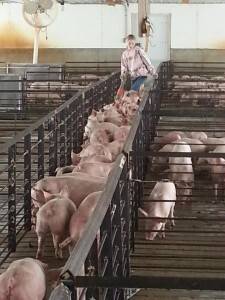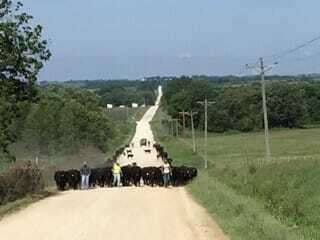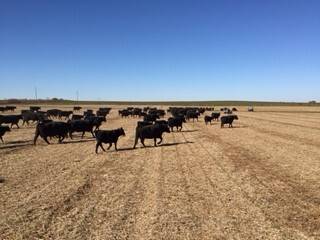Writer’s block has never been one of my problems! There are so many things I want to write about that my mind is having a hard time focusing on just one issue. Here’s why…
Today in Iowa is an Election Day. Get to the polls and vote! In our county, we have a primary for board of supervisors. Members of the Franklin County Board of Supervisors plan, finance and deliver services related to public safety, public health, human services, drainage, secondary roads, conservation, economic development and administration. Many of these services affect farmers, so you can be sure I’m interested in the outcome of this race!
 Also this week in Des Moines is World Pork Expo! Each year 20,000 pork producers and professionals attend this event on the Iowa State Fairgrounds, so it’s no wonder this event is attended by U.S. secretaries of agriculture, governors, presidential candidates, United States Department of Agriculture officials, trade ambassadors, as well as government dignitaries from the U.S. and other countries. There are many educational presentations and new product demonstrations throughout the 3-day event. In addition to visiting with producers, one highlight for me is the The Big Grill. Can you believe more than 10,000 pork sandwiches are served here during this annual event?
Also this week in Des Moines is World Pork Expo! Each year 20,000 pork producers and professionals attend this event on the Iowa State Fairgrounds, so it’s no wonder this event is attended by U.S. secretaries of agriculture, governors, presidential candidates, United States Department of Agriculture officials, trade ambassadors, as well as government dignitaries from the U.S. and other countries. There are many educational presentations and new product demonstrations throughout the 3-day event. In addition to visiting with producers, one highlight for me is the The Big Grill. Can you believe more than 10,000 pork sandwiches are served here during this annual event?
Yesterday I was in Greater Des Moines as Cristen Clark and I were again invited to share our stories with the newest Pork Institute Class at the National Pork Board offices. One of the topics that came up during our training session was the debate about building a pork processing facility in North Iowa. It seems many folks in North Iowa are like the friends of the Little Red Hen. Remember that classic children’s story about the Little Hen who needs help planting wheat, tending to the crop, harvesting it and then baking bread? No one wanted to do the work but everyone wanted to enjoy the delicious loaf of bread.
Bacon Mania has stuck America, but very few folks are willing to allow pork production in their backyard! Although Prestage Farms was considering Mason City as the location of a new processing facility, some Clear Lake residents joined the protest against it. “Say ‘No’ to Factory Farms” and “Preserve Water Quality,” were common messages by the opposition. The term “factory farm” was coined to discredit modern farming, and I have yet to have anyone give me a good definition for it.
How one defines “factory farming” or “modern farming” seems to be similar to the term “sustainable” in that it’s meaning depends on who’s using it and what their special interests are. The definition changes based on a person’s experience and/or perceptions about farming.
Let me share what my perception of family and farming are. Although everyone has a family, we know that not all families are the same. Some farm families have a hard time differentiating “family” from “farming” because their farming operation is a family-run business. It’s so much of who they are and what they do that the two are intertwined, but let’s separate the two for now.
All businesses, big and small, are run by people with families. I’m working with a pig producing family that started on a “family farm” in Minnesota. This farm has been successful enough to grow, so it now involves many families, including mine. Does this make my employer a factory farm? No! I have been very impressed with how this farm family cares about all aspects of their farming operation, including the families who make a living by working on this farm. We want all to have a sense of family, raising pigs in the best most modern way possible!
More than 90 percent of U.S. farms are family farms. I see farms every day. I live right in the middle of great farm country. We have been blessed with abundant natural resources to grow crops and livestock in a very “sustainable” way.
That’s why I’m involved with helping Prestage Farms find the ideal place to locate its plant. I believe welcoming new ideas will help North Iowa prosper. Last week I blogged about how I believe a Prestage facility can breathe new life into rural communities. In particular, locating in Franklin County would be a win-win for the company and for my home county! The economic potential is vast. The benefit to our local schools and down town businesses – which are run by “families” – is vast.
Let’s grasp opportunities and stop outside agitators from spreading fear in our communities. Take the time to understand the benefits of modern farming including benefits to our families, the environment, and yes, even our livestock. If you have questions, or doubts, see for yourself!
Talk to a farmer. See firsthand how farming is being done. And remember to vote!
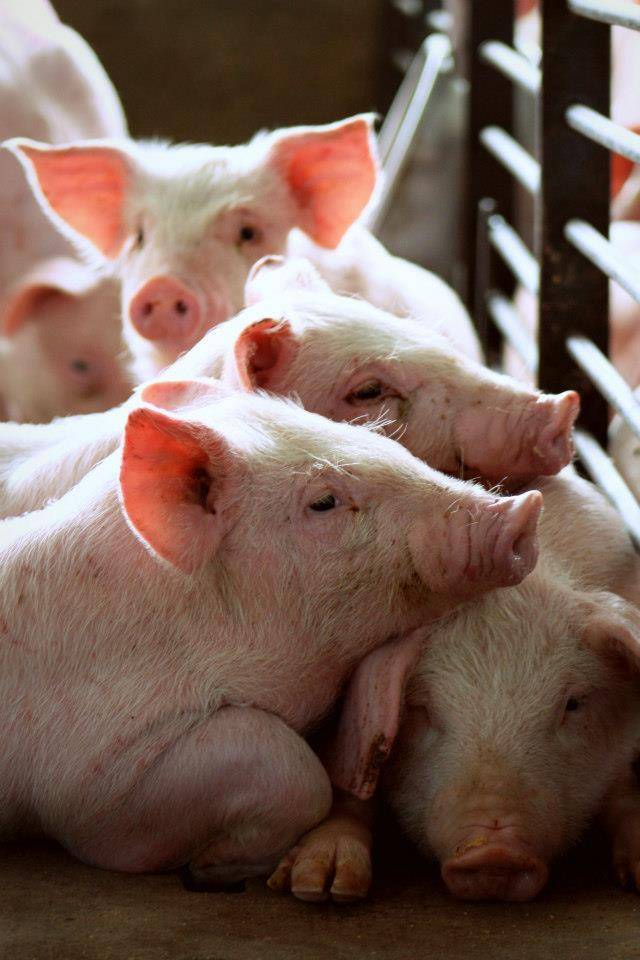
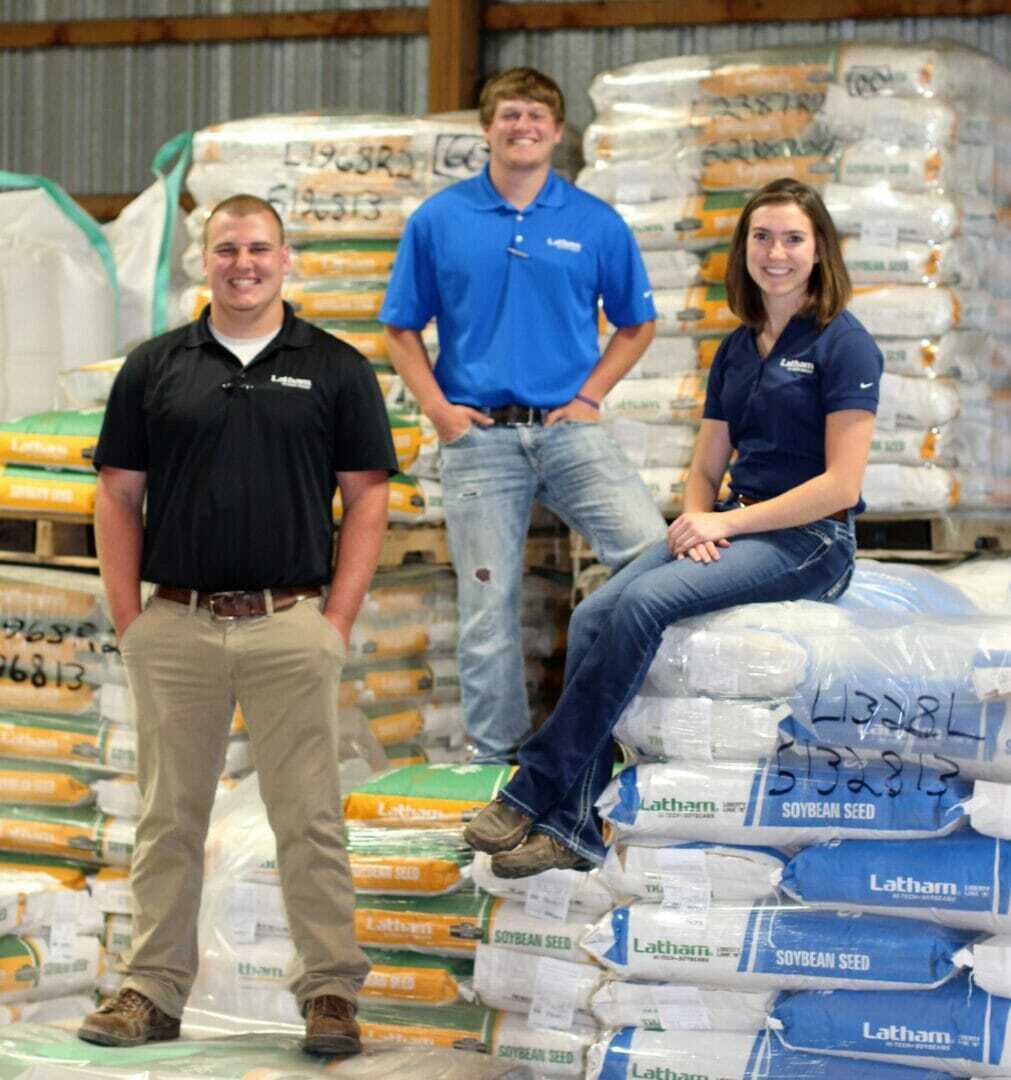

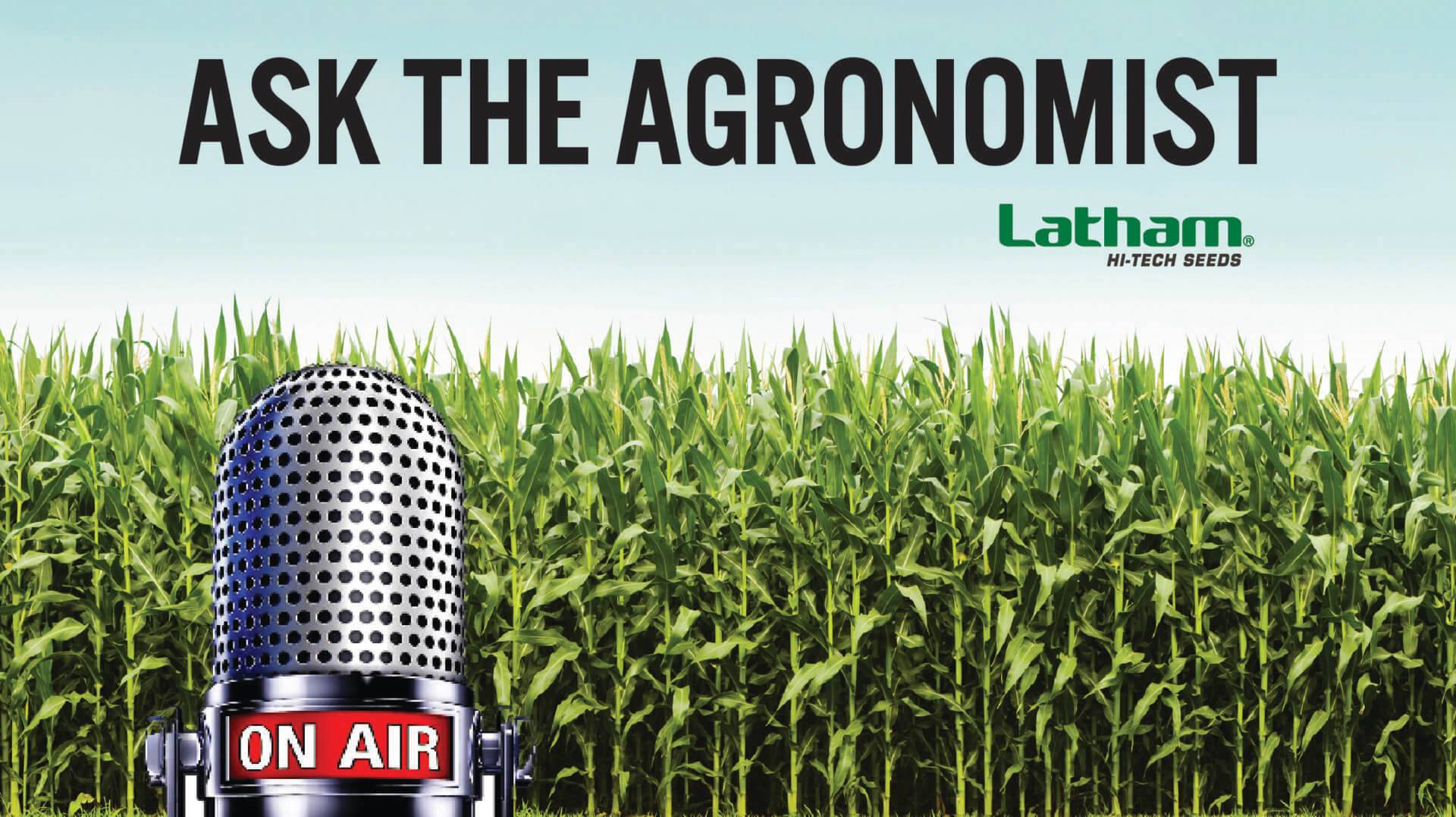
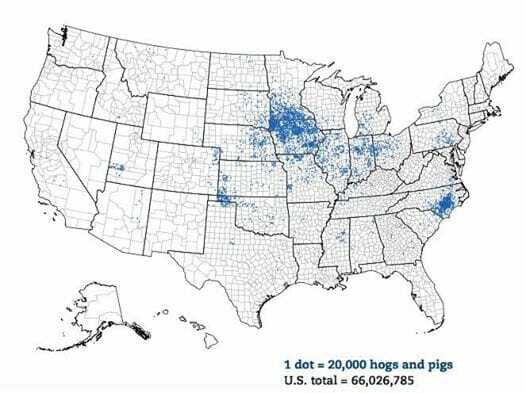

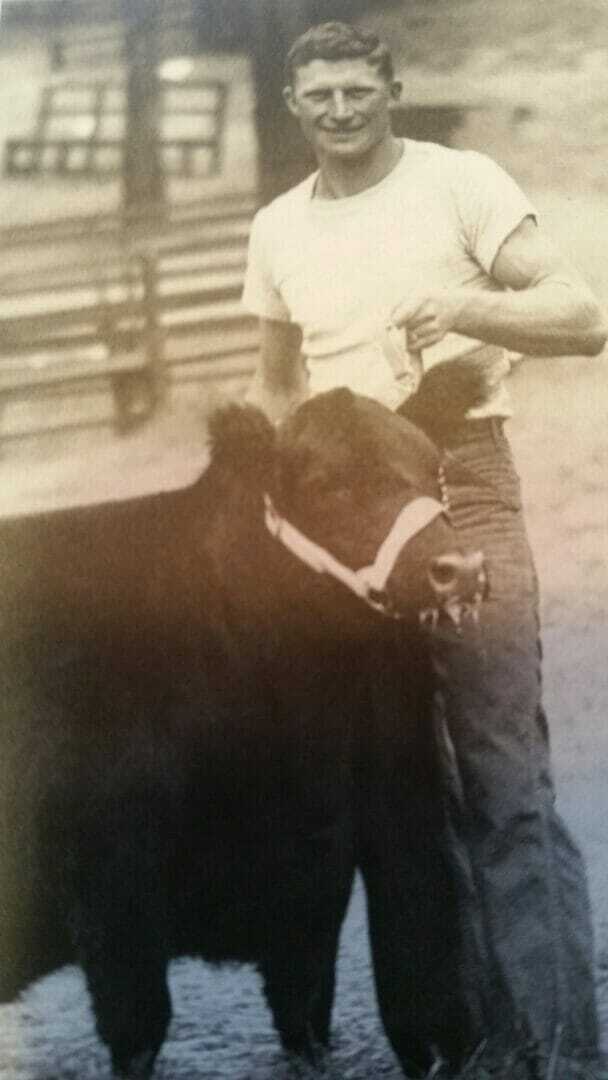
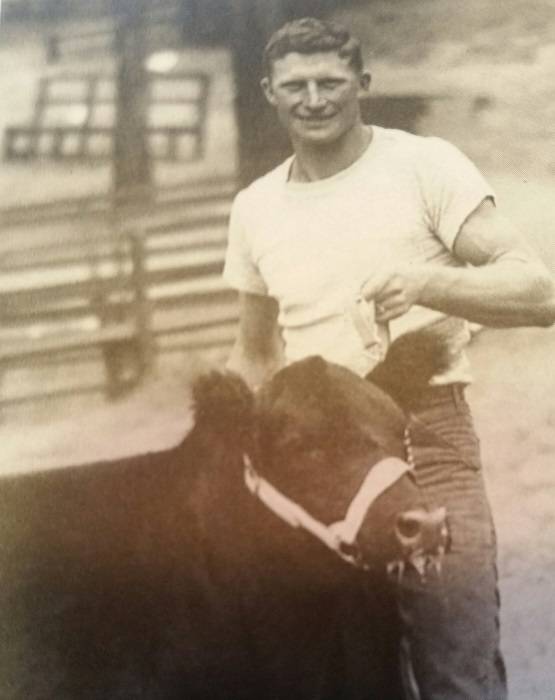



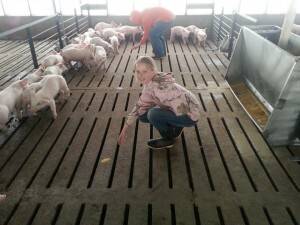 We learned that lesson, so we changed our practices. We also learned the importance of evenly distributing nutrients across all fields. Back in the “good ol’ days,” we saved time and labor by spreading the manure on the fields closest to our pig lots. The fields farthest from the pigs always were the least fertile as a result. We also didn’t factor in the volatility of nitrogen in the fertilizer. Frankly, we didn’t know that nitrogen migrated in water underground. We’ve learned so much about the movement of nutrients through the soil and water.
We learned that lesson, so we changed our practices. We also learned the importance of evenly distributing nutrients across all fields. Back in the “good ol’ days,” we saved time and labor by spreading the manure on the fields closest to our pig lots. The fields farthest from the pigs always were the least fertile as a result. We also didn’t factor in the volatility of nitrogen in the fertilizer. Frankly, we didn’t know that nitrogen migrated in water underground. We’ve learned so much about the movement of nutrients through the soil and water.
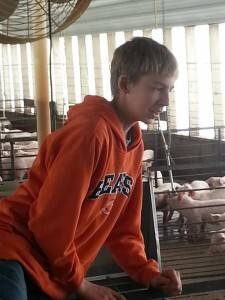 Pig farmers are required to test the pig poop to know how much nutritional value is available to the crops. Then we calculate to determine the right amount of poop to spread on each acre to enhance soil productivity and crop yields. There is a whole lot of science and technology that goes in to using pig poop as fertilizer today! We can use GPS technology to provide the exact amount of plant food for every stalk of corn. Talk about a
Pig farmers are required to test the pig poop to know how much nutritional value is available to the crops. Then we calculate to determine the right amount of poop to spread on each acre to enhance soil productivity and crop yields. There is a whole lot of science and technology that goes in to using pig poop as fertilizer today! We can use GPS technology to provide the exact amount of plant food for every stalk of corn. Talk about a 